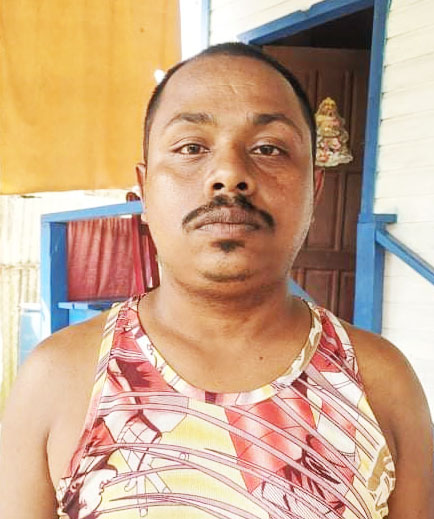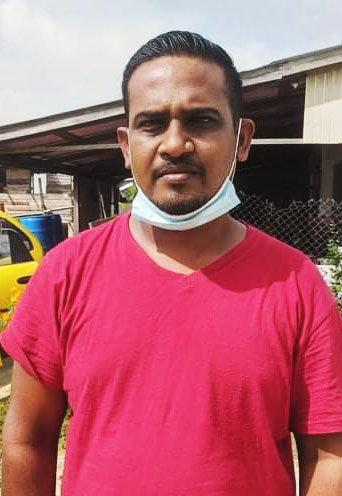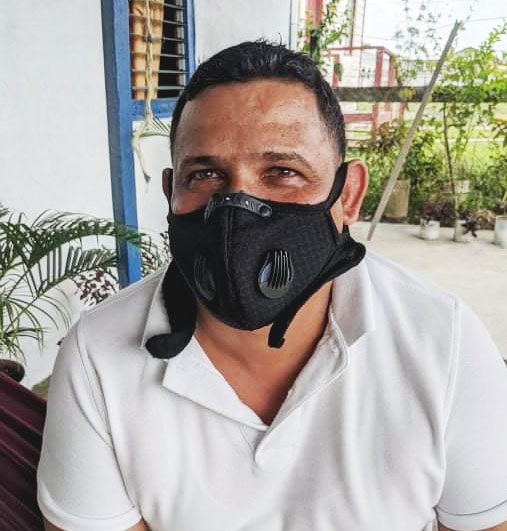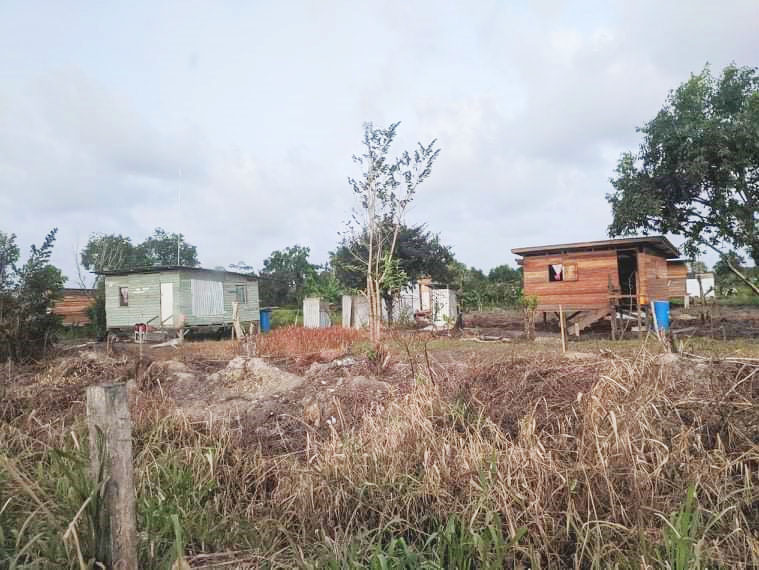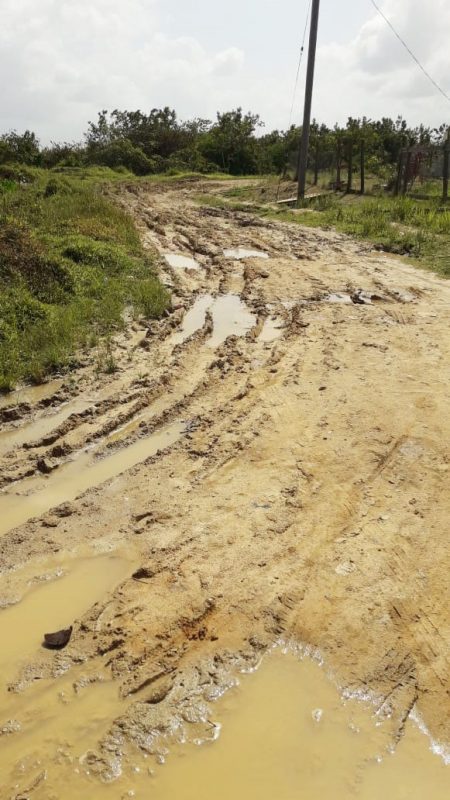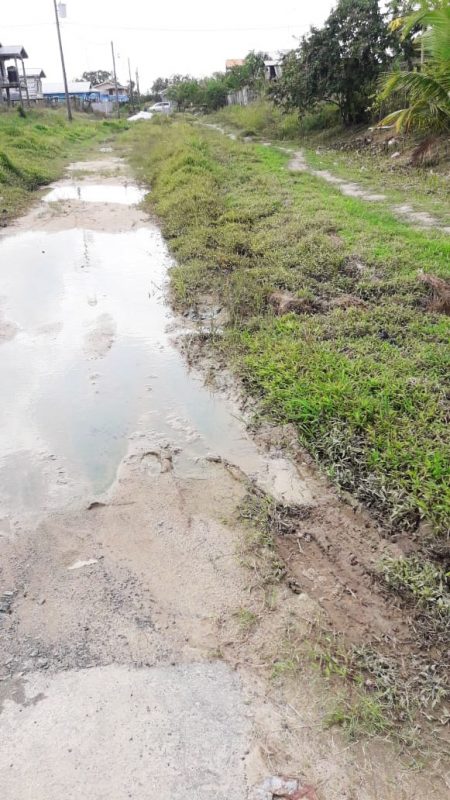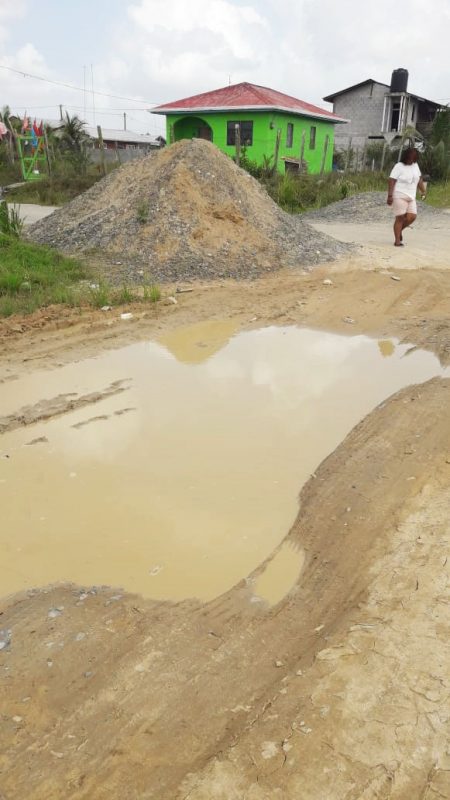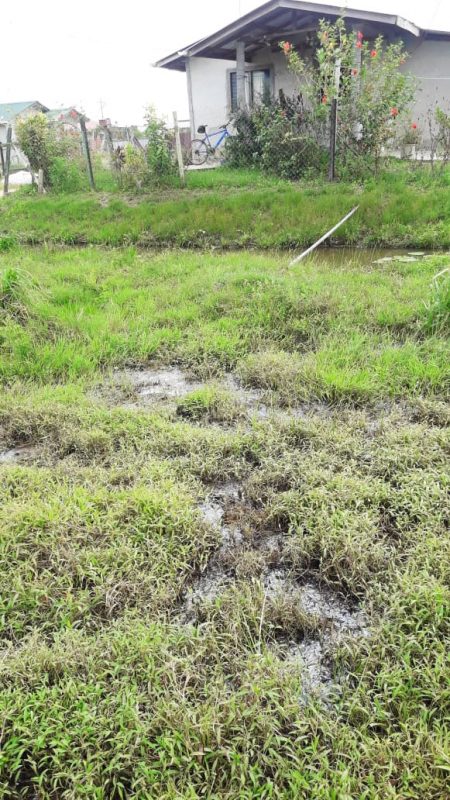Introduction
In the last week, Stabroek News has carried several articles on the deplorable conditions encountered by residents in mainly rural coastal communities. These reports covered almost identical issues in Regions 3, 4 and 6. Essentially, the state of the existing infrastructure in these communities provides an illusion for residents and farmers, alike, during the dry seasons. However, it is during the wet or rainy season that the conditions in the communities seem to transform, and then begin to assume the appearance of natural disaster sites. In summary, the conditions can be reduced to the following: streets, yards and homes are at risk of flooding, deplorable roads play host to ponds or craters (and in some instances, both) posing risks to pedestrian traffic as well as mechanized transportation (for taxis and farmers), and in the case of the story our journalist is covering below, the presence of poisonous reptiles that, according to one resident, have actually resulted in the deaths of two residents.
Phase 2, Belle West
Belle West Housing Scheme Phases 1 and 2 are situated on the West Bank of Demerara, and the community has been in existence for more than a decade. Its population is approximately 5,000 persons, and, in the front of the community, a squatting area is now beginning to emerge; residents say that Venezuelan migrants occupy this section. For access to water, residents from Belle West and other communities in Canal Number Two depend on a water pump station situated almost at the end of Canal Number Two. Residents of the community on Wednesday took Stabroek News on a tour where our reporter was exposed to various sections of the scheme and the tortuous experiences that residents recounted.
Ingress and secondary roads
After years of suffering under both PPP/C and APNU+AFC administrations, residents can no longer stay quiet and are beseeching the new government not to turn a deaf ear especially when their children have to endure these inhumane conditions. Approximately two thousand residents of Phase Two use these streets. In Third Street, one of the access streets from the Belle West Main Road, Gagaram Gupt lives. The road is all red loam and last year its badly deteriorated crush-and-run road was dug up to be rehabilitated. The dug up crush-and-run can be seen at the head of the street. According Gupt, workers spread red loam at both ends of the street, but, in the middle of the street there is a grass covered swamp. The swamp, by the way, existed prior to the execution of the rehabilitative works.
The green, green grass of home
“They just scrape part of the street then they went and do the back street then they come back and scrape here and then they gone way. All the machine gone away and they left back deh. When me tell them to just scrape it and put lil mud on it, they seh tek bucket and full it”, the resident said. What complicates any attempt at drainage of roads is that the drains at the southern end are at a higher elevation, therefore any excess water from the drains eventually ends up in the street, and potholes and craters then becomes a pond. Over time, grass grew and covered the pool in its entirety. As soon as the drains overtop and this part of the street turns into a swamp, a few residents would try to dig drains as outflows along the sides of the road for the water to run out at the northern end, where the drains are just slightly below road level, but there is not much that can be done when the drains are already filled to the capacity. Where the stagnated water is visible are evidences of potholes, but these are filled with overgrown bushes.
The last access street is split in two, with grass covering one half, while ponds run along the other half. A few fish can be seen swimming in tadpole filled ponds. Last year, two residents died from snake bites. Taxi drivers refuse to come into the streets even when there is an emergency. “This hey so ain’t ready with the ones them we have at the back of the scheme”, said Seenath Sookraj, a resident from the Back Street who made his way to Third Street to speak on his issues. Sookraj then took this newspaper on a tour along the rest of Phase Two. Not a properly done street was in sight. In fact, it was difficult to differentiate what was dam and what was road, and grass grew in all areas. “At the back deh suh, is not no road no more. At the back deh is like when you minding pig, that’s what it looks like. In that Back Street alone, we have about twenty-one children and da is what they does got to go through”, Sookraj said.
“I got four children and many time they got to come out to go to school, I got to bring them out. The oldest is thirteen, the youngest is six. My wife would got to carry them out when I’m not around. One time she was trying to carry them out on her bicycle and she gone in a hole and topple right over with the children them on the bicycle”, Sookraj said. During the PPP administration when the scheme was first opened, all the streets were constructed using red loam. Under the APNU+AFC government, crush-and-run roads were constructed but a few years later, they are no longer clearly visible. Later on during the previous government also, several of the access streets of the eastern half of Phase Two along with the main road were done using bitumen but nothing was done along the western half of the scheme. Although a few access streets on the eastern side were done, many of the inner streets are littered with potholes also.
“They do all of the access road on the [eastern half] of Phase Two and I don’t know why they left our side… the streets like trench. Even streetlights they got. Their roads are not perfect but they still have access in and out. They only thing they got just as bad as we is the water”, King (only name given), another resident in the area said. Jairam Latchman who had arrived at home while this newspaper was there was eager to share his plight. As a taxi driver, he has to traverse the roads in the area daily. He lives in Third Street, but, because of the condition of the street, he has to use another street as a detour from the real bad ones to get home. “We understand that the government just gone in and money might be an excuse but you can’t put people to live in this condition. It really tough, especially when rain fall. We’re living in a pond”, Latchman said.
He further shared that even the road he takes to come home is filled with huge potholes. Latchman said that when it rains, a large portion of the street seems like a trench and is covered by so much water, that when he is driving he cannot tell where exactly the potholes are; he has to go through about seven of them in a stretch. Latchman said he was forced to re-invest lots of money in maintenance on his vehicle and declared that being a taxi operator was his only source of income. One of the vertical streets, situated at the furthest end, interconnects with the back dam. As a result, farmers with their tractors use this street to get to their farms, however, the resident was quick to point out that the farmers’ access to the back-dam runs through a separate community, known as Clay Brick community. The Phase Two community is also in dire need of proper drainage.
Access to water
“Road and water are my biggest concerns”, Tulsieram Roopchand of Fourth Street said. “By the time 6 o’clock in the morning when people start using the water, we don’t get water anymore until night. Some of the people in Phase Two would get a slow pressure but we who living on the high lots don’t get during the day. The condition of the water is another story, it full of rust. We got other issues like not having streetlights but the main concern is the road and the water”, said Roopchand.
Another resident, who asked to remain anonymous, said that many of Phase Two residents have to fill up their barrels so that water is available for use during the day. She noted that she has a water pump which is, most times, of no use because when the water stops running and she decides to pump water, no water comes through the line as she lives on land situated on a higher level. She believes that another reason contributing to their water issues are persons who have squatted on the front half of Phase Two within the past month. Though most of the squatters are said to be Venezuelan nationals, it is believed that squatting originated with locals, and ever since, both have continued to build their homes in that space. These persons, she said, have been observed taking water illegally from the main.
